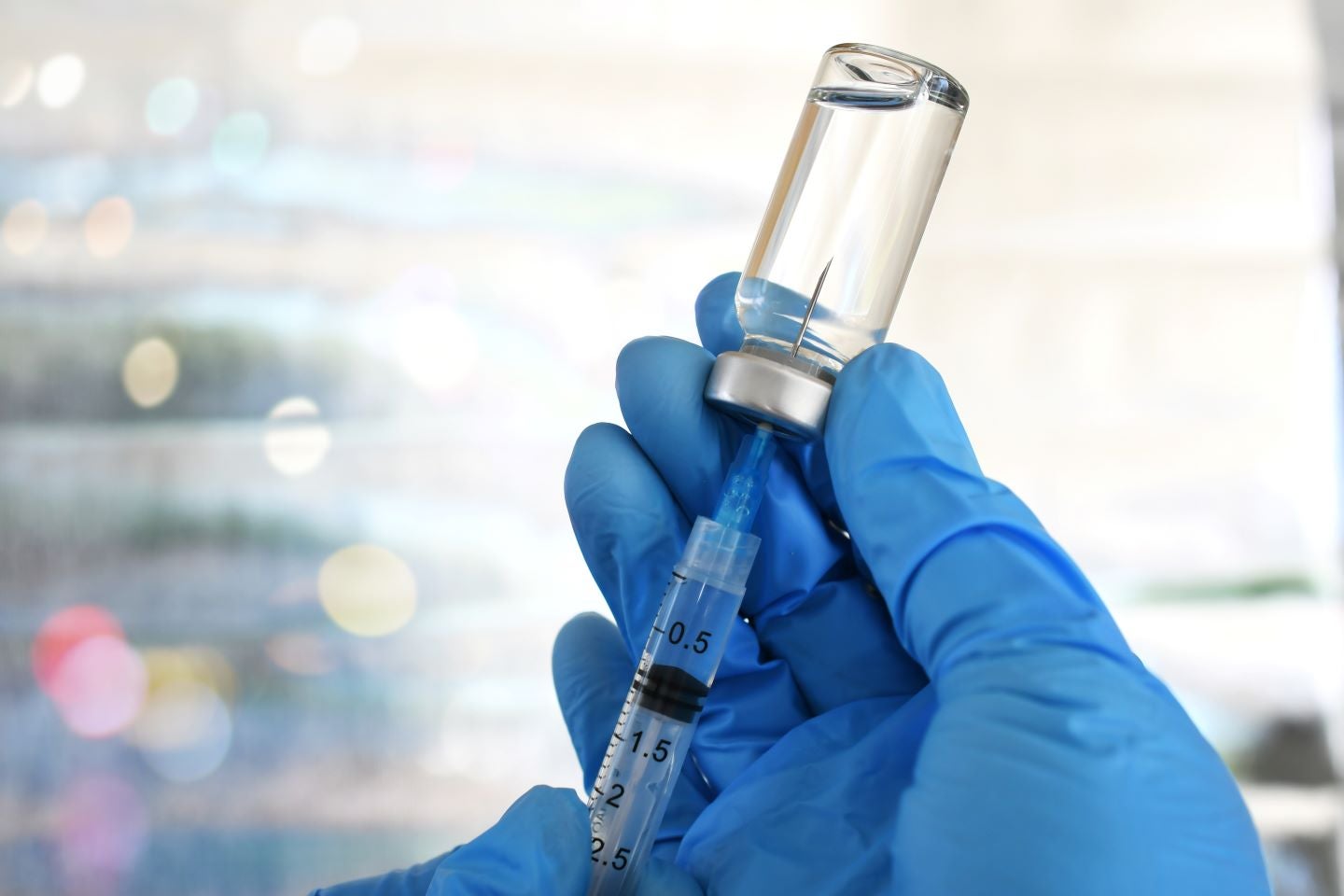Meningitis is a life-threatening condition caused by a bacterial or viral infection. Meningitis is an infection of the protective membranes surrounding the brain and spinal cord, and mostly affects babies, young children, teenagers, and young adults. Meningitis can be very serious if not treated quickly. According to the World Health Organization (WHO), meningitis remains a significant global health threat even though treatments and vaccines against some forms of meningitis are available. Bacterial meningitis is the most dangerous form and can become life-threatening within 24 hours. The WHO estimated 2.5 million annual cases globally in 2019, which includes 1.6 million cases of bacterial meningitis and 240,000 deaths. The WHO has recently launched the first-ever guidelines on diagnosis and management to reduce lifelong complications and mortality in the affected individuals and communities.
The new guidelines provide recommendations for the diagnosis and clinical management of children, adolescents, and adults with acute community-acquired viral or bacterial meningitis. These guidelines are specifically tailored for lower- and middle-income countries where delayed diagnosis leading to morbidity and mortality is very high. Recommendations include lumbar puncture as soon as possible for early diagnosis and before antimicrobial treatment. The strong recommendations include a Gram stain test on cerebrospinal fluid to determine white blood cell count (total and differential), protein concentration, glucose concentration, and the cerebrospinal fluid to blood glucose ratio in suspected individuals. The strong recommendation for treatment includes empiric intravenous antimicrobial treatment as early as possible in both suspected children and adults. Detailed guidelines and an evidence framework on meningitis are available from the WHO site.
The guideline is a contribution to the wider goals of the WHO to defeat meningitis by 2030. The Global Roadmap was adopted in 2020 to eliminate bacterial meningitis epidemics by reducing cases of vaccine-preventable bacterial meningitis by 50% and mortality by 70%. To achieve these goals, countries need to develop a system of faster diagnosis and treatment, prevention and epidemic control through disease surveillance, care and support for suspected cases, and greater public awareness campaigns.
Meningitis is present in both developed and developing countries, but the burden of this disease is much higher in poor, low- and middle-income countries. Global Data epidemiologists forecast that the laboratory-confirmed diagnosed incident cases of invasive meningococcal disease (caused by bacterium Neisseria meningitidis) in the 17 major markets (17MM: US, France, Germany, Italy, Spain, UK, Japan, China, Australia, Canada, Argentina, Brazil, India, Mexico, Russia, South Africa, and South Korea) will grow from approximately 8,300 cases in 2025 to 8,400 cases in 2029. The increase in the number of cases can primarily be attributed to the projected increase in the population rather than any direct changes in the infection rate in any market. However, the newly published guidelines may cause an increase in case identification that could surpass current forecast estimates.
The WHO guideline on diagnosis and management is a positive step in reducing the morbidity and mortality from this disease. Member states should adopt these guidelines to eliminate meningitis by 2030.

US Tariffs are shifting - will you react or anticipate?
Don’t let policy changes catch you off guard. Stay proactive with real-time data and expert analysis.
By GlobalData



